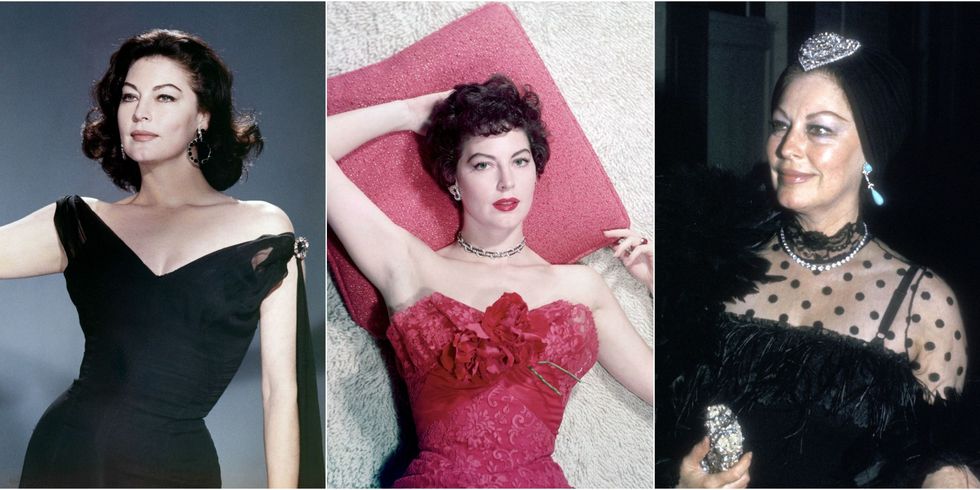Painting is one of the oldest art forms known to humanity. From the early charcoal creations on cave walls to the masterpieces displayed in museums today, painting has evolved dramatically over the centuries. While countless artists have left their mark, only a select few paintings have transcended time and culture to be revered globally. In this article, we will explore some of the most famous paintings of all time, delving into their history, significance, and the stories behind them.
American Gothic
One of the most iconic images of twentieth-century rural Americana, American Gothic was painted by Grant Wood in 1930. This artwork is currently housed in the Art Institute of Chicago. It depicts a farmer and his daughter standing in front of the American Gothic House, a structure that has become synonymous with the painting itself.
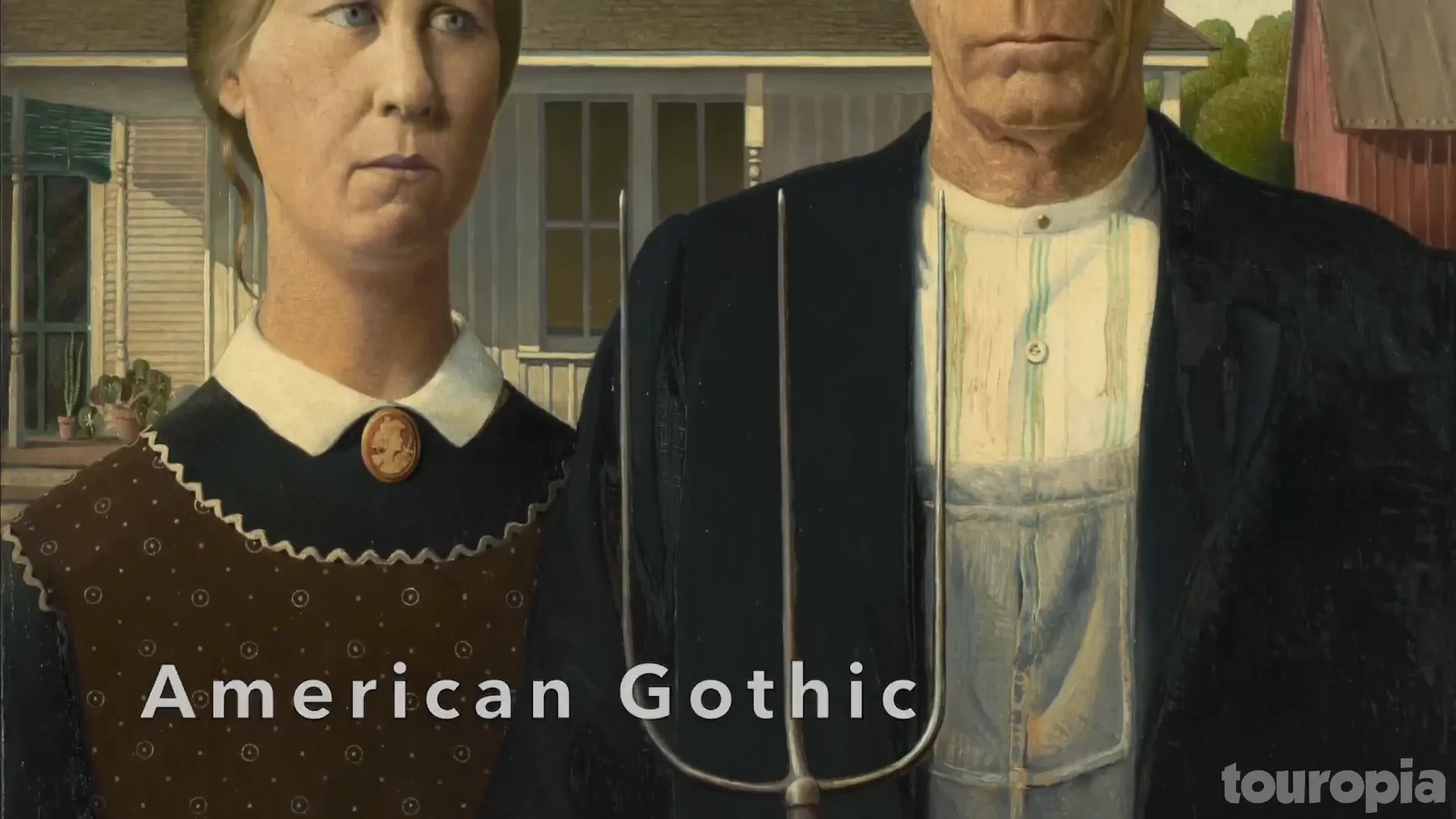
Initially, the somber tones and the characters' puritanical attire were interpreted as a critique of rural life. However, as the Great Depression set in, the painting began to symbolize the resilience and indomitable spirit of American pioneers. Today, it is celebrated as a representation of American values and determination.
The Persistence of Memory
Salvador Dali's The Persistence of Memory, painted in 1931, is one of the most distinctive works of surrealist art. Showcasing melting pocket watches draped across a desolate landscape, this painting invites viewers to contemplate the nature of time and reality.
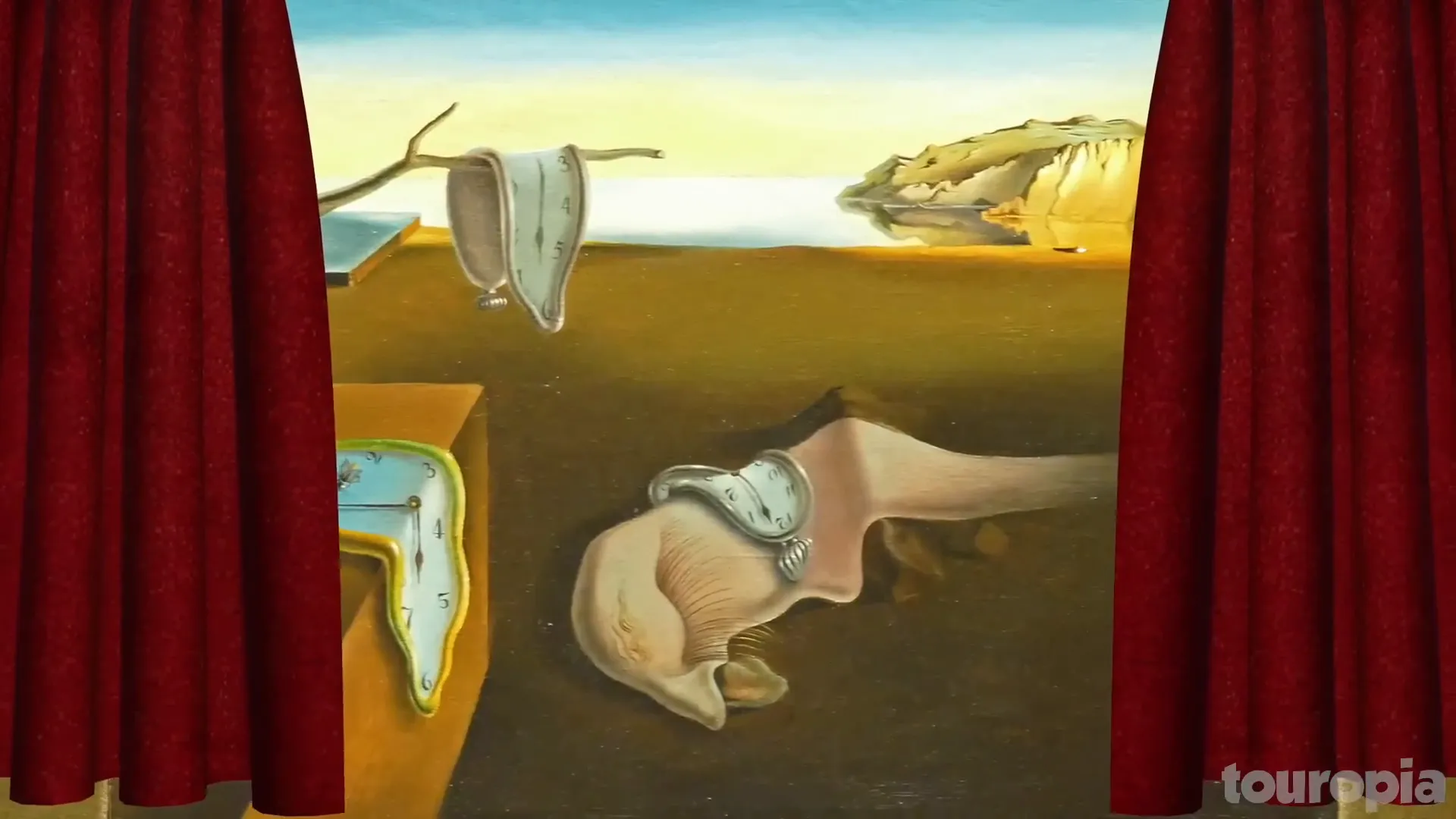
The bizarre imagery is widely believed to be inspired by Einstein's theory of relativity, which challenges traditional notions of time. Dali's masterpiece is currently on display at the Museum of Modern Art in New York, where it continues to captivate audiences with its dreamlike quality.
The Kiss
Created between 1907 and 1908 during Gustav Klimt's golden period, The Kiss is a stunning example of art nouveau. This painting features two lovers enveloped in a shimmering embrace, adorned in gold, silver, and platinum. The artwork radiates warmth and intimacy, making it one of Klimt's most beloved works.
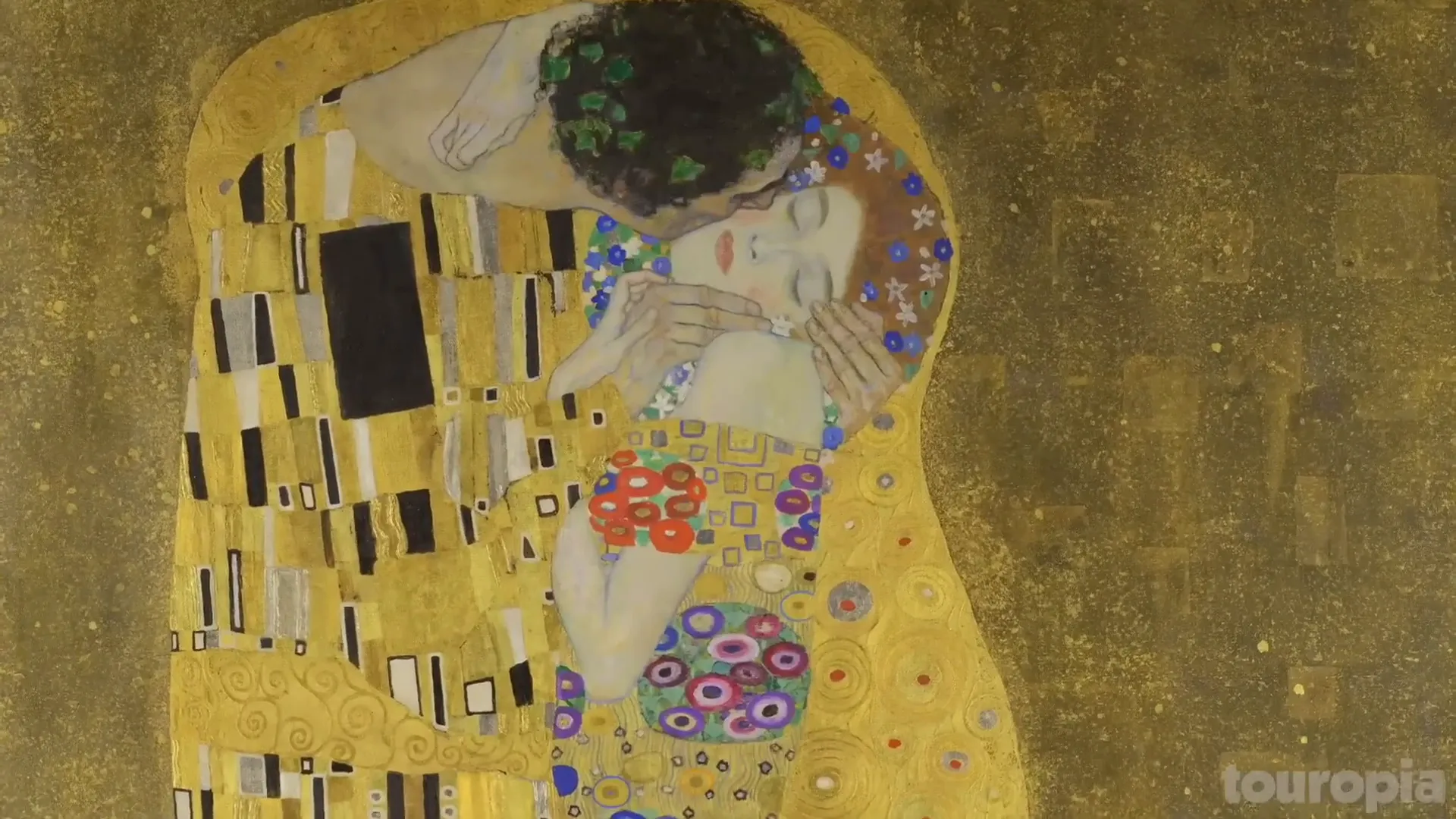
The Kiss is housed in the Belvedere Museum in Vienna, where it is celebrated not only for its beauty but also for its representation of love and connection. Klimt's unique style, influenced by both the arts and crafts movement, continues to inspire artists and art lovers alike.
Nighthawks
Edward Hopper's Nighthawks, painted in 1942, is another iconic work currently featured in the Art Institute of Chicago. This oil painting portrays four individuals in a diner late at night, illuminated by the bright lights of the establishment.
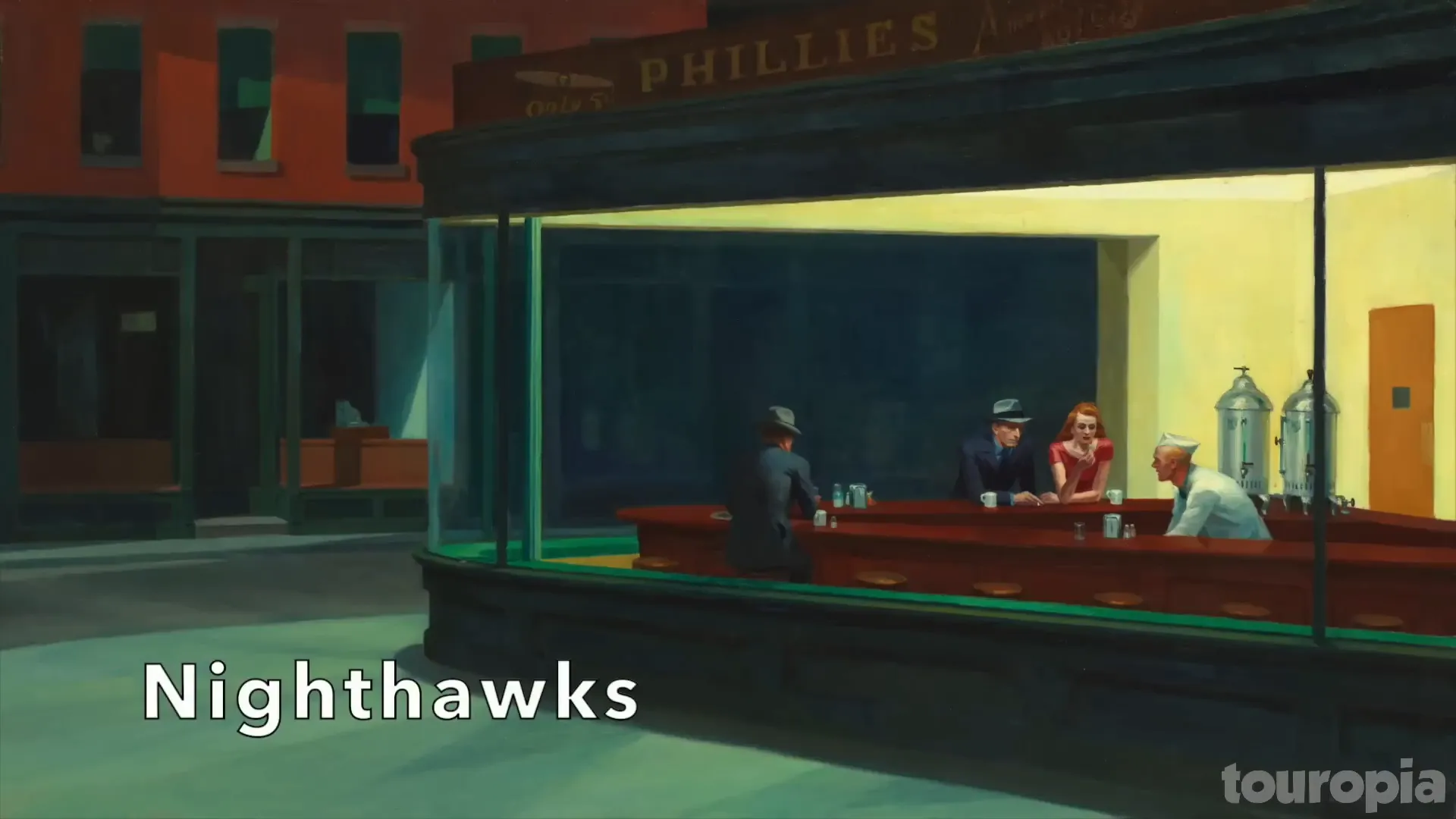
Many interpretations suggest that the painting reflects themes of loneliness and isolation, yet Hopper himself indicated that it alluded more to potential predators lurking in the night. The stark contrast between the warmth inside the diner and the cold darkness outside creates a sense of intrigue and contemplation, making it one of American art's most recognized and parodied pieces.
Water Lilies
Claude Monet's Water Lilies series, consisting of approximately 250 paintings, showcases the beauty of the water lily pond in his garden at Giverny. Painted between 1896 and 1926, these works capture the essence of nature through Monet's impressionistic style.
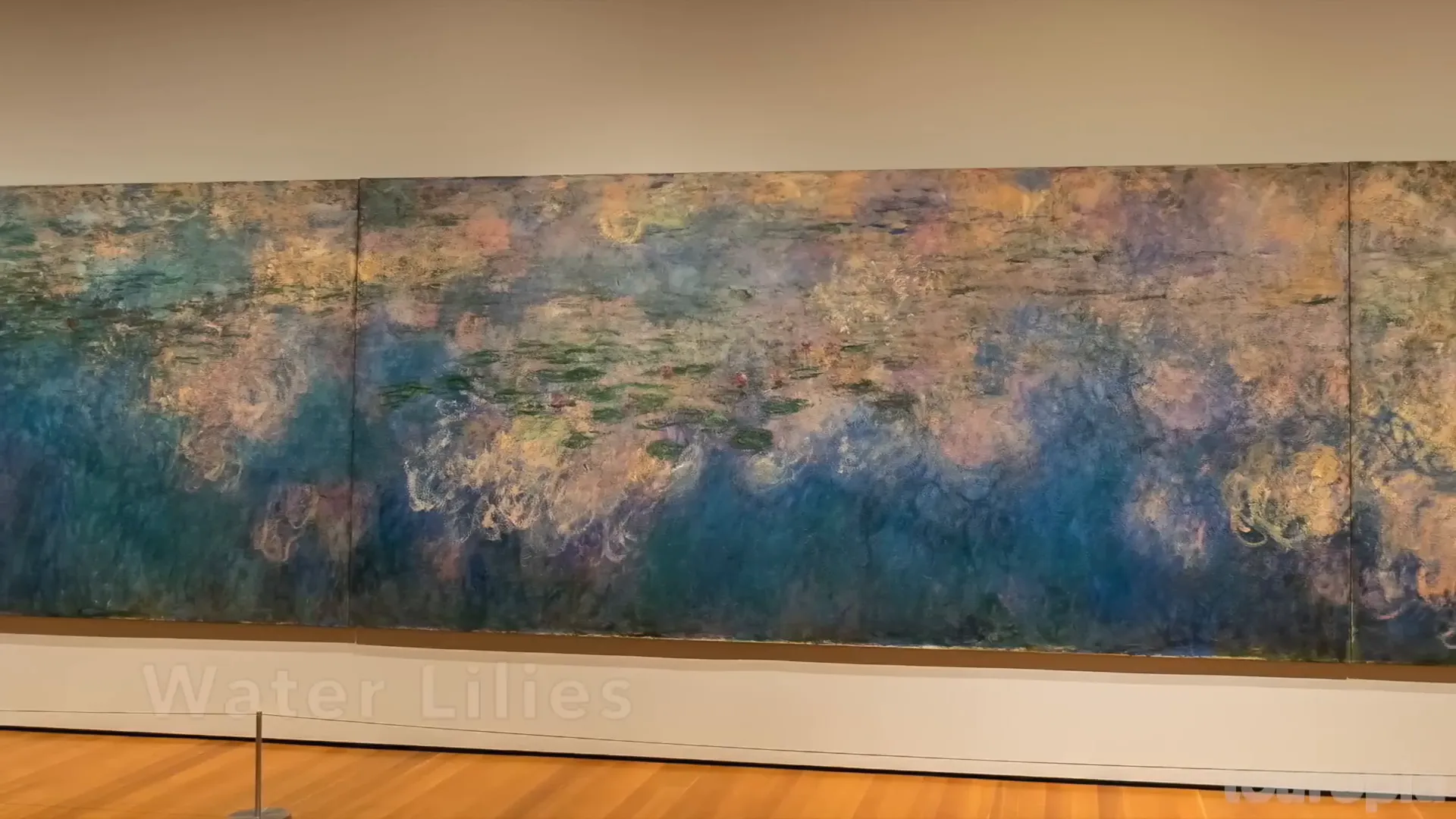
Each painting in the series features a harmonious blend of colors and forms, depicting various flowers, a wooden bridge, and a majestic weeping willow. Monet's ability to convey light and movement continues to resonate with audiences, making his works timeless favorites displayed in museums worldwide.
Night Watch
Rembrandt van Rijn's Night Watch, painted in 1642, is arguably the most famous artwork of the Rijksmuseum in Amsterdam. This monumental piece portrays a group of civic guards preparing for a parade, showcasing Rembrandt's mastery of light and shadow.
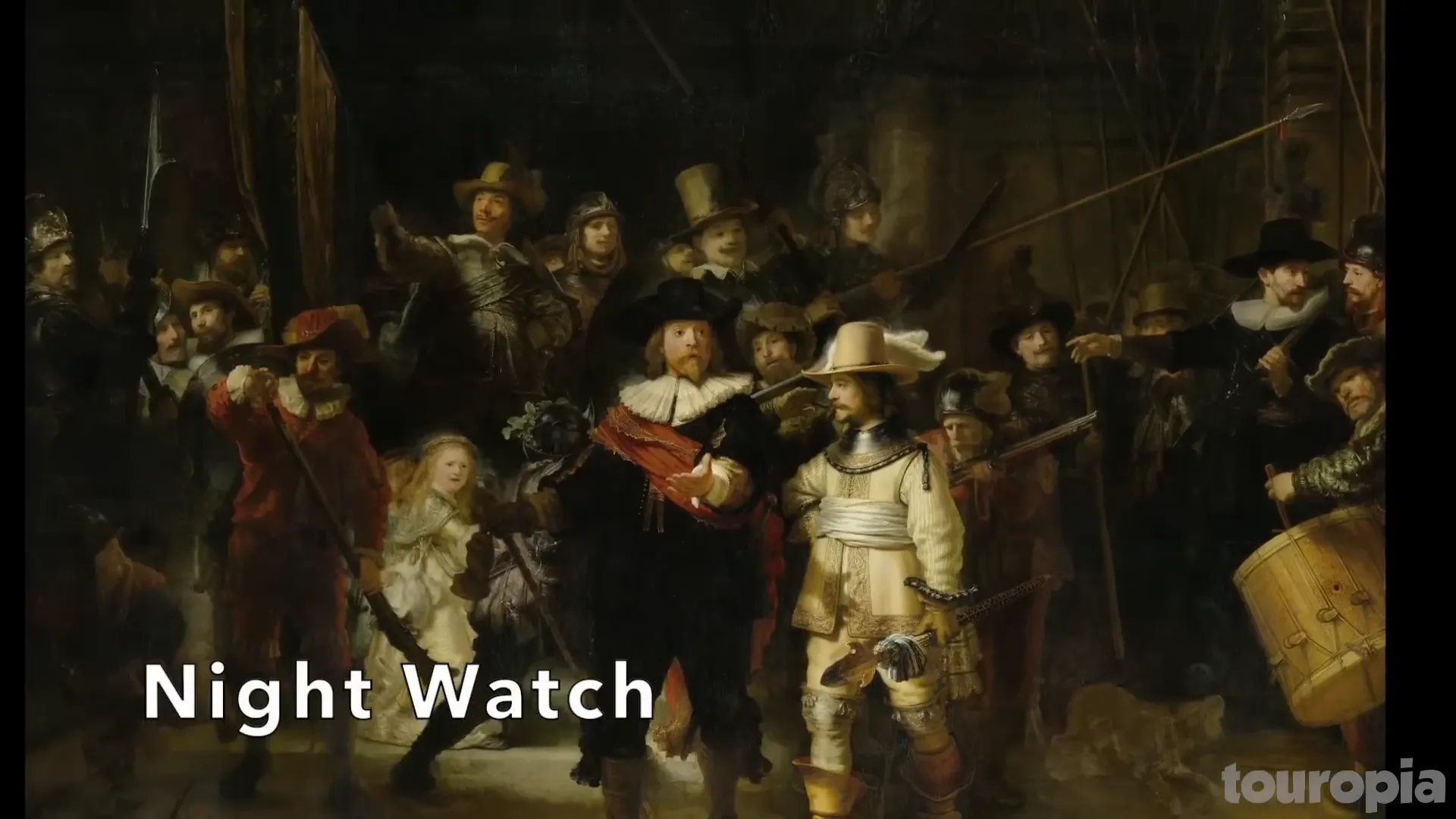
Originally misinterpreted as a night scene due to a dark varnish coating, the painting is now recognized for its dramatic use of light, which gives the illusion that the figures are moving. This dynamic composition captures the spirit of the Dutch Golden Age and remains a significant work in art history.
The Scream
Edvard Munch's The Scream is a series of expressionist paintings that depict an agonized figure set against a vivid red sky. The first version was created in 1893 and is displayed in the National Gallery of Norway.
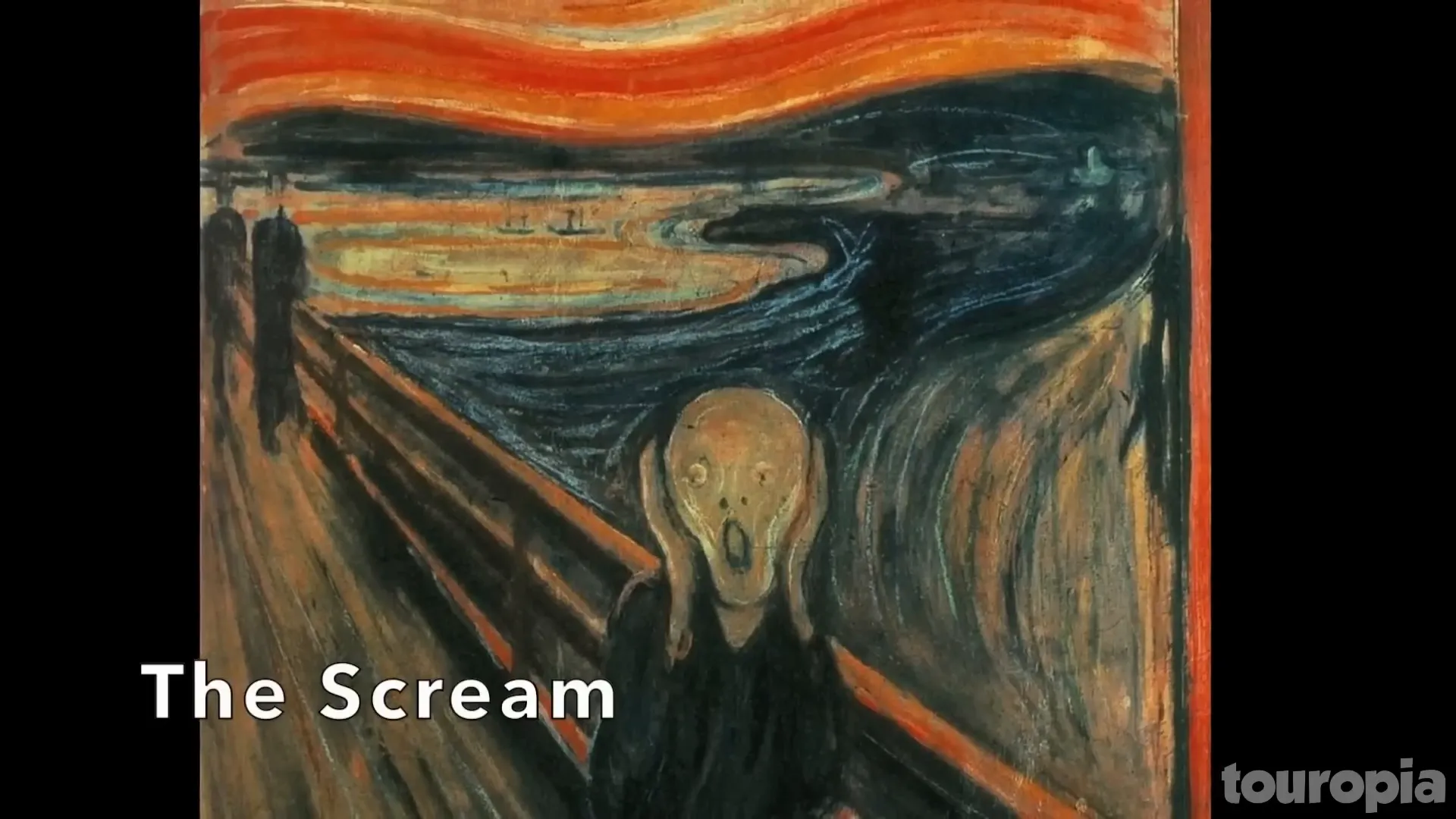
The landscape represents the Oslofjord as seen from a hill in Oslo. Munch's work has become synonymous with existential dread and anxiety, reflecting the emotional turmoil of the human experience. The painting has gained notoriety not only for its artistic merit but also for its high-profile thefts, making it a cultural icon.
Girl with a Pearl Earring
Often referred to as the "Mona Lisa of the North," Girl with a Pearl Earring by Johannes Vermeer is not a portrait but rather a trony, an imagined depiction of a girl wearing a blue turban and a large pearl earring. Painted around 1665, this captivating work remains one of the most discussed pieces in art history.
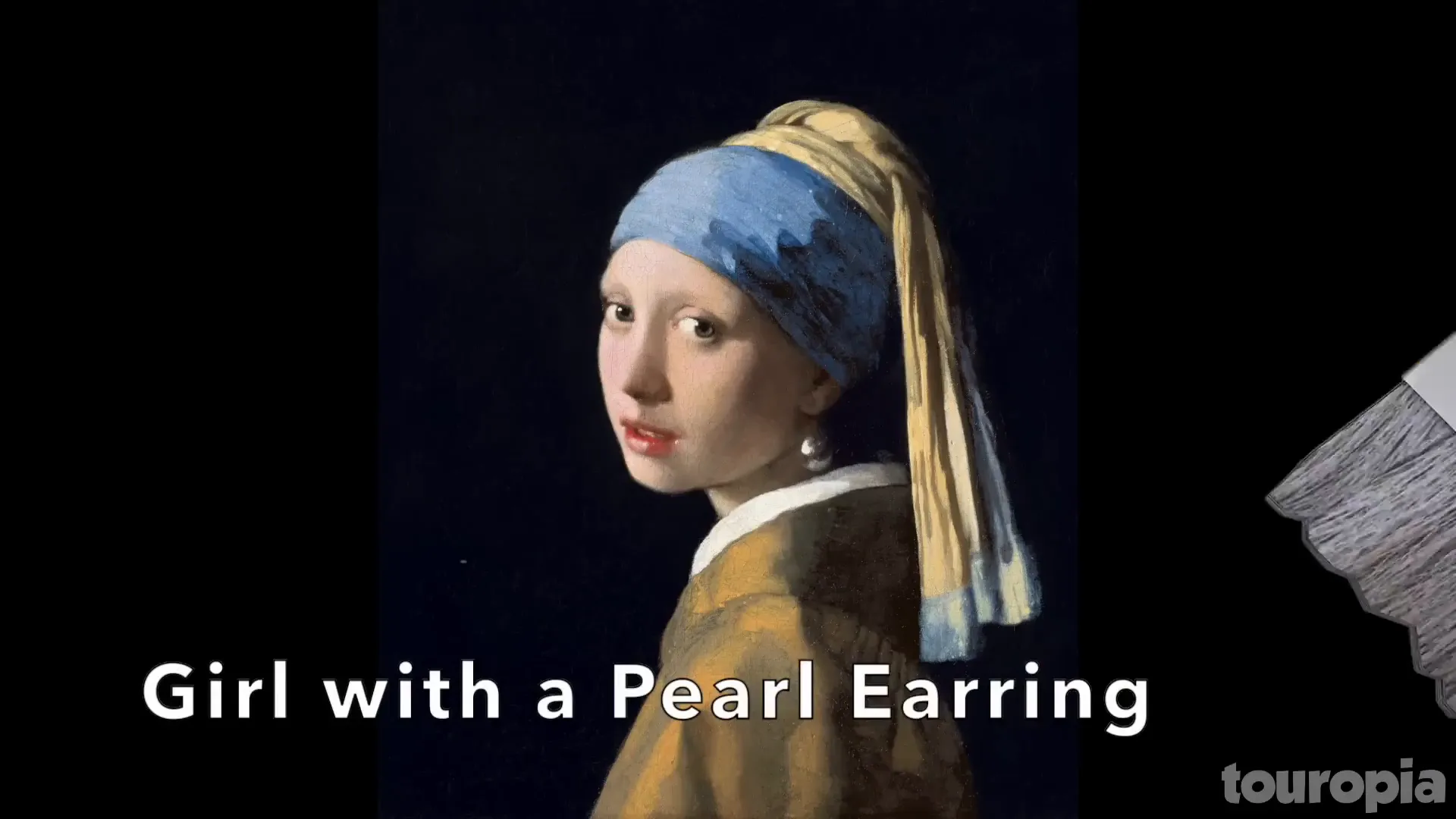
Vermeer's use of light and color creates a sense of intimacy and intrigue, inviting viewers to ponder the subject's thoughts and emotions. The painting's popularity has inspired numerous adaptations, including a novel and a film starring Scarlett Johansson.
The Last Supper
Leonardo da Vinci's The Last Supper, painted in the 1490s, is one of the most recognizable artworks in the world. This mural, located in a monastery in Milan, depicts the moment when Jesus announces that one of his apostles will betray him.
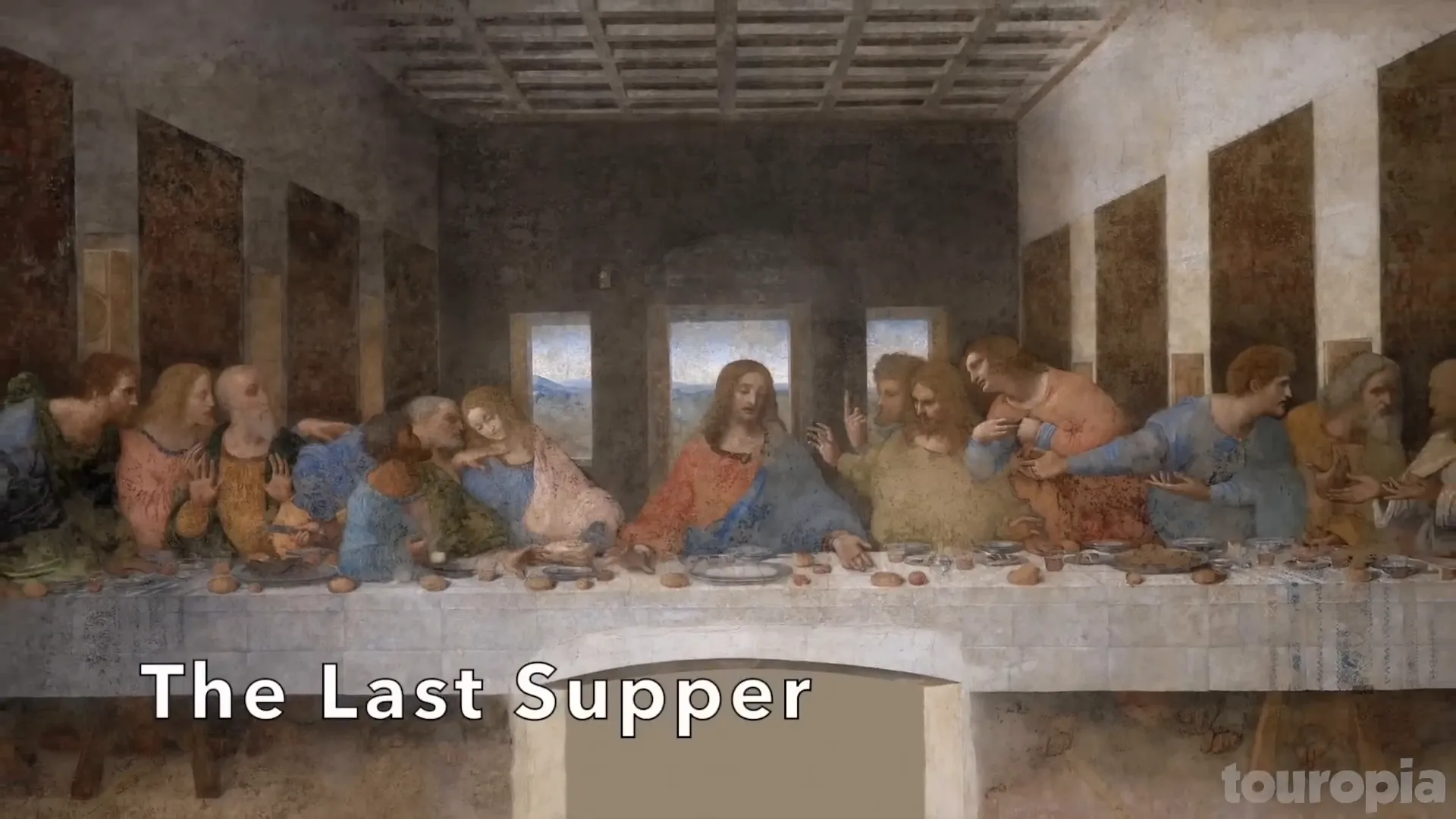
Despite the ravages of time, the mural continues to attract visitors from around the globe. Theories abound regarding the identities of the figures, with some suggesting that Mary Magdalene is seated to the left of Jesus. This concept has been popularized by Dan Brown's novel, The Da Vinci Code.
Starry Night
Vincent van Gogh's Starry Night depicts the view from his asylum window in Saint-Rémy-de-Provence after a turbulent period in his life. Painted in 1888, the swirling night sky is punctuated by stars and overlooks a tranquil village.
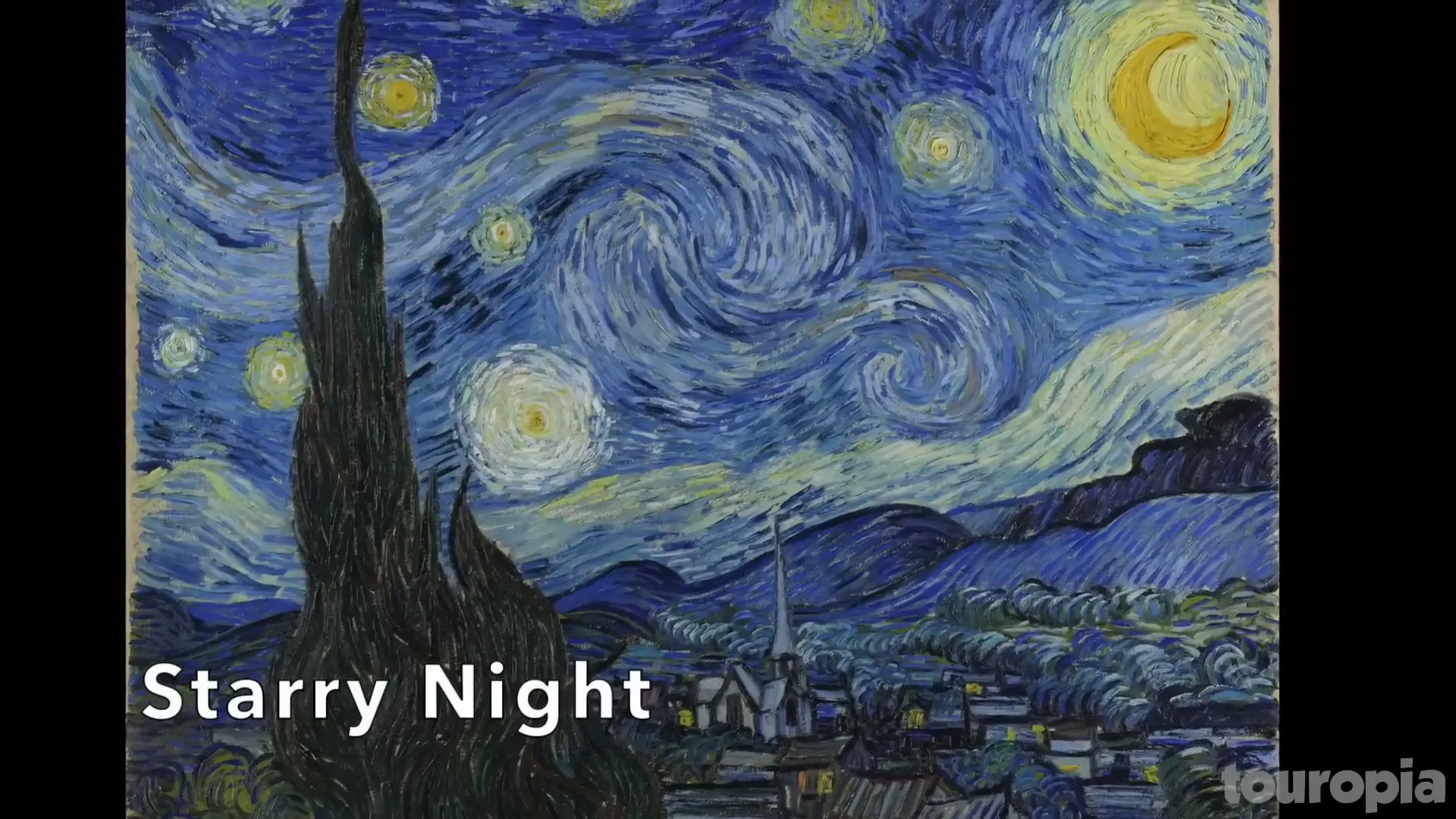
Van Gogh's expressive brushwork and vibrant colors have made this painting one of the most valued works in the Museum of Modern Art in New York. The emotional depth of the piece resonates with viewers, symbolizing the artist's inner struggles and creative genius.
Mona Lisa
Widely regarded as the most famous painting in the world, the Mona Lisa was painted by Leonardo da Vinci in the early 1500s. The enigmatic smile of the subject, Lisa del Giocondo, has captivated audiences for centuries.
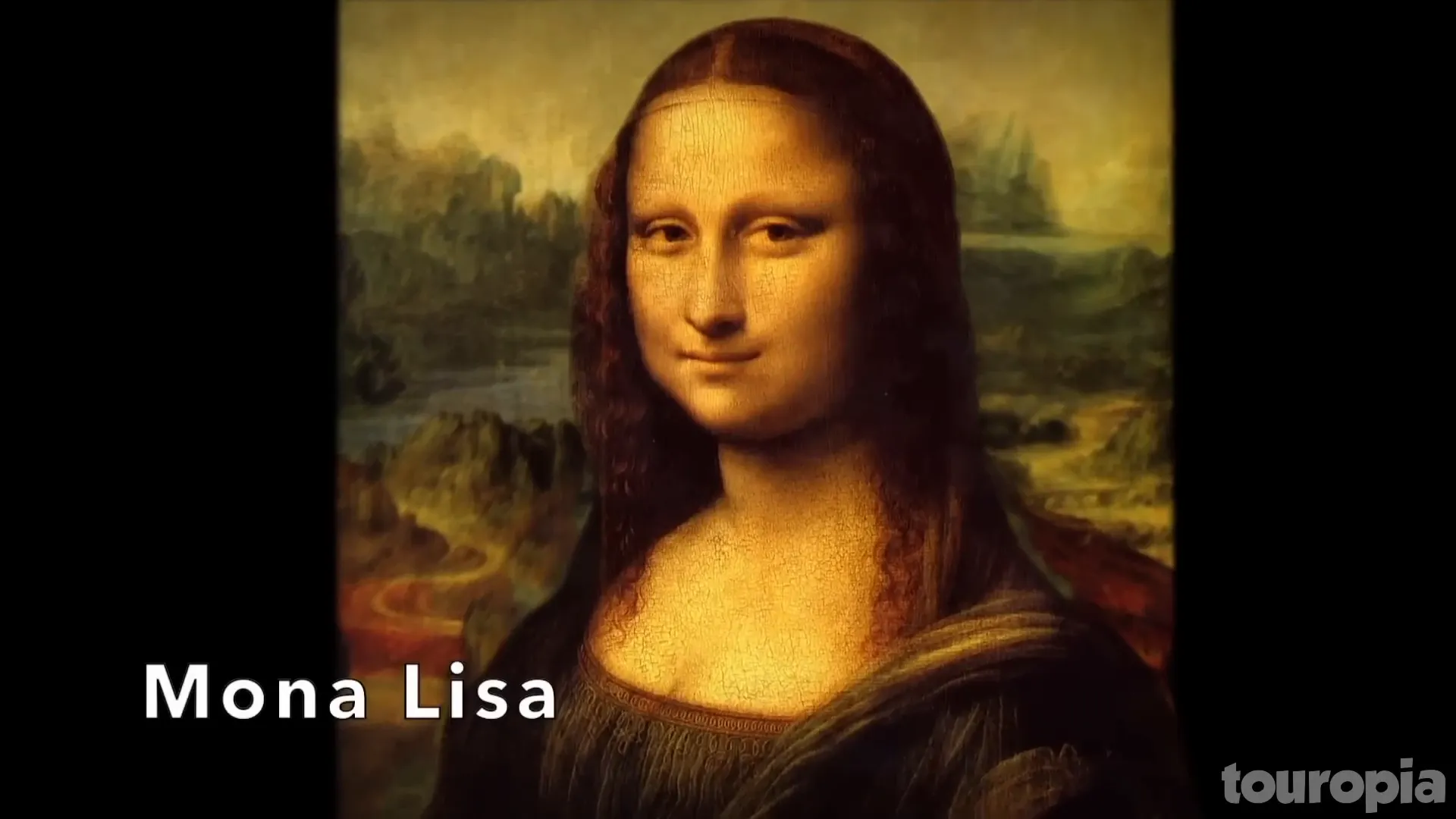
The painting was stolen in 1911 by Vincenzo Peruggia, who believed it should be returned to Italy. After two years, it was recovered and now resides in the Louvre, where it attracts approximately six million visitors each year. The Mona Lisa's enduring allure continues to inspire fascination and admiration across cultures.
Conclusion
The journey through the world of famous paintings reveals not only the artistry and creativity of the masters but also the cultural and historical significance behind each piece. From the resilience depicted in American Gothic to the emotional depth of The Scream, these masterpieces invite us to explore the human experience through art. Whether you are an art enthusiast or a casual observer, these paintings offer a glimpse into the incredible world of creativity that transcends time and place.
